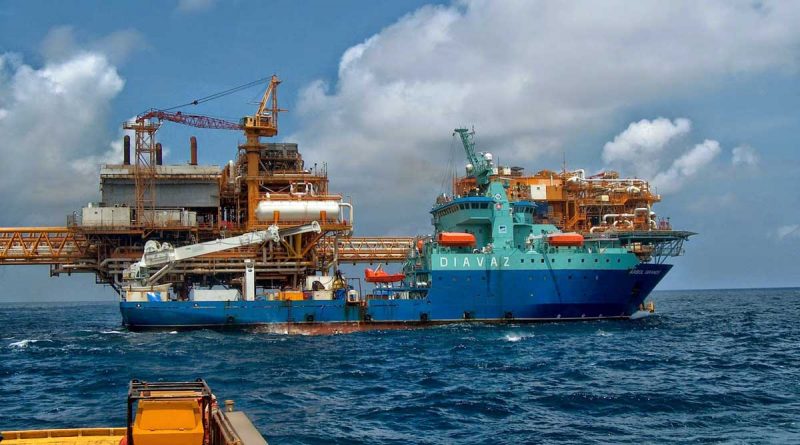DREWRY : Multipurpose shipping earnings to recover 6% in 2020
The outlook for multipurpose shipping, comprising both breakbulk and heavylift vessels, is brightening despite rising geopolitical risk and economic uncertainty. Drewry forecasts that average earnings will rise 6% in 2020, and despite a mild correction in 2021 will continue to improve over the longer term on stronger cargo demand relative to capacity.
Drewry has revised upwards its outlook for the multipurpose shipping segment (MPV) since its September forecast, as the market and its drivers have shifted. Our expectation for dry cargo trade, the bedrock of MPV demand, remains a steady 2.1% growth per year for the medium term. Although the pace of global economic activity slowed in 2019, it is expected to recover this year and next. Expectations for steel production and trade are positive and, although investment in traditional projects remains weak, the momentum behind renewable energy appears unstoppable.
The diverse and ageing fleet has changed little over the last 12 months and, unless demolition numbers increase significantly, is set to stagnate over the short term at least. Newbuilding orders remain thin on the ground, with many of the newbuildings currently on order for replacement tonnage for the existing fleet rather than new investments. Add to this the short-term uncertainty around low sulphur fuel oil (LSFO) regulations and we do not see MPV supply changing significantly in the short-term. Drewry’s Multipurpose Shipping Forecaster report, published at the end of December 2019, details the makeup of the fleet and orderbook and our expectations for its future.
One of the biggest drivers for this sector is actually the competition from the container and bulk fleets. At the end of 2019 the US and China announced a preliminary trade deal, expected to be signed later this month. For the MPV sector itself we expect little change but there may be some upside from renewed confidence in these competing sectors. Our expectations for the MPV share of general and project cargo is based on assessments of the modal split of that cargo between the three main vessel types. When the competing markets are weak, they not only drive rates down in this sector but they also take a large share of the cargo volumes.
Our forecast for cargo demand available for the MPV fleet is for steady growth over the longer term. That said our report has more detail about potential swings around this base line.
Evidently the US position on the potential trade deal is not the only outside influence on the market at the start of the New Year, as recent events in the Middle East have caused a jump in the price of crude oil. For a sector already struggling with the introduction of LSFO and high bunker prices associated with that, we would expect profit margins to weaken further over 1Q20 as any recovery is delayed.
Drewry’s Multipurpose Shipping Freight Rate Index
* Based on timecharterrates received from brokers
Source: Drewry Multipurpose Shipping Forecaster
However, Drewry expects average vessel time charter rates to rise 6% in 2020, on the back of stronger demand across the entire dry cargo sector. Increases will vary by vessel size, with those below 15,000 dwt attaining marginal improvements while larger ships are expected to achieve gains approaching double-digit percentage increases. These trends are reflected in Drewry’s Multipurpose Shipping Freight Rate Index, which is based on an average of prevailing time charter rates across the main vessel size categories (see figure).
Looking further ahead earnings are expected to continue recovering, albeit modestly and subject to some minor correction in 2021 due to higher competition from bulk and container markets. But the ongoing trend for the multipurpose sector remains positive and is more upbeat than previously envisaged.
This briefing is taken from Drewry’s Multipurpose Shipping Forecaster 4Q19 report edition published on 23 December 2019. It contains forecasts to the end of 2023 for supply and demand as well as charter and asset market.


